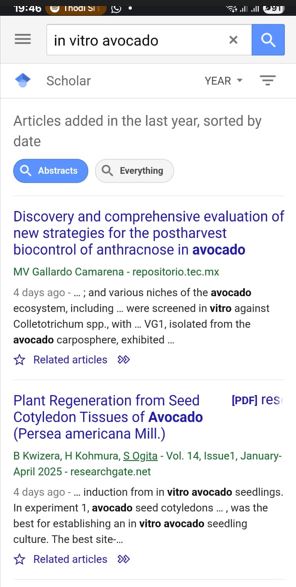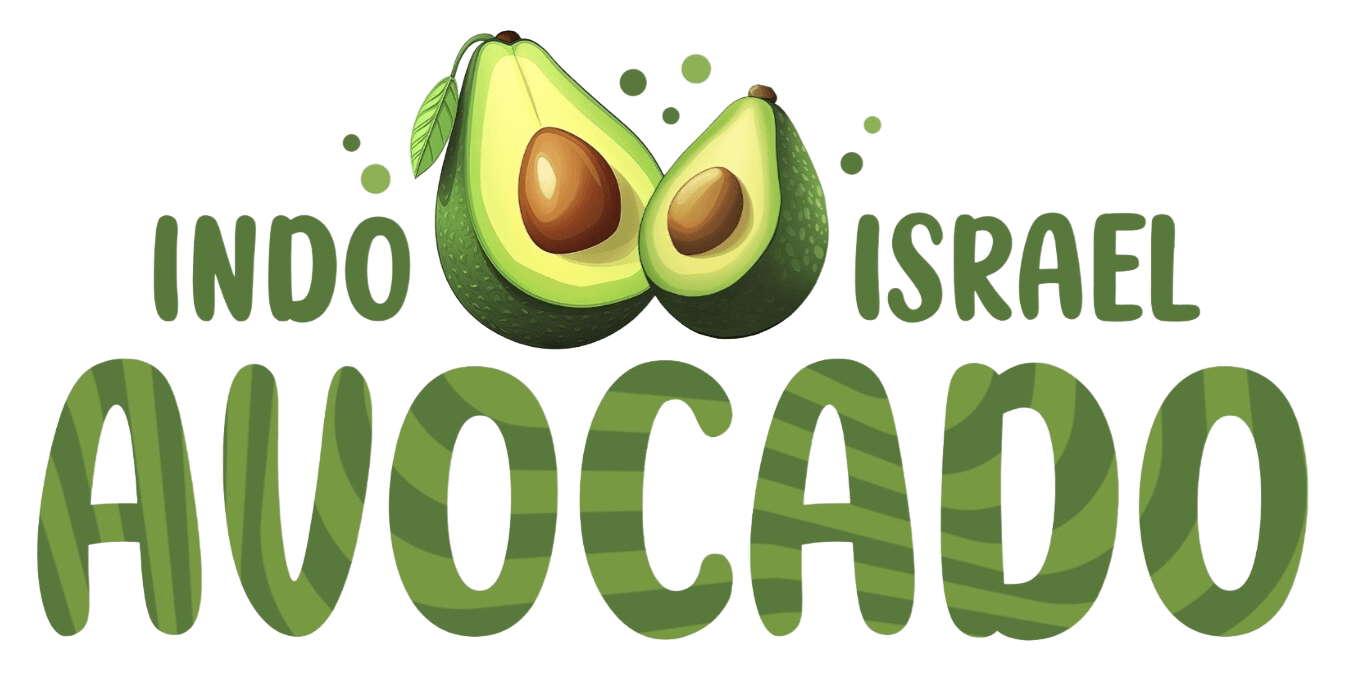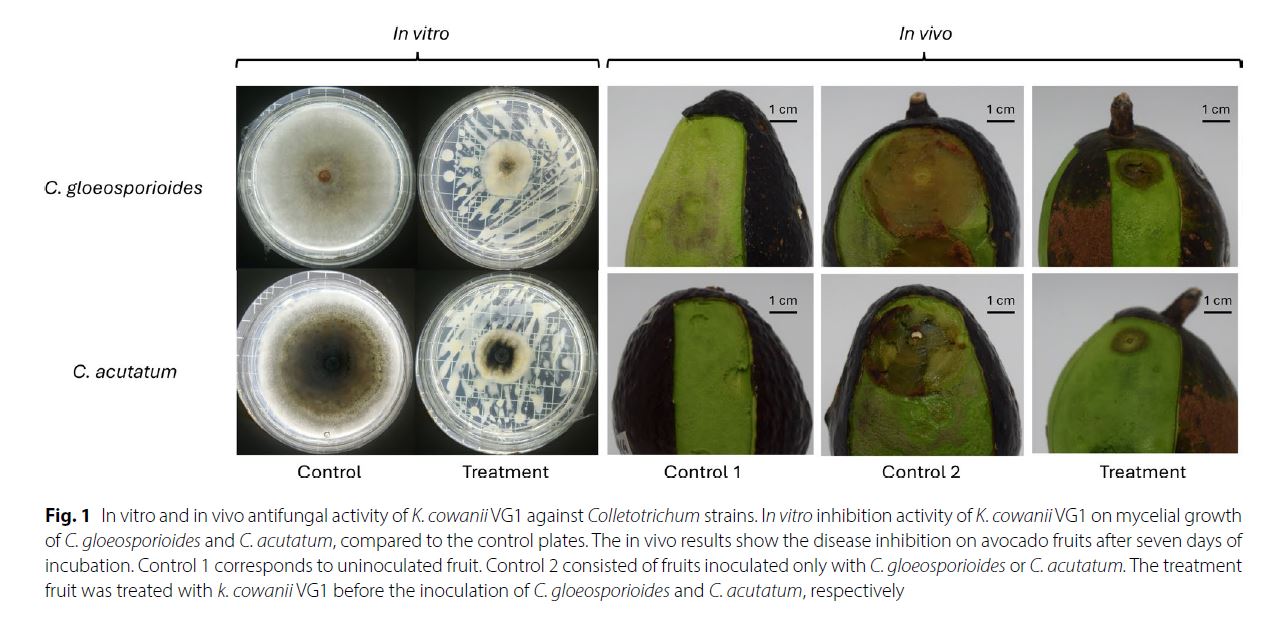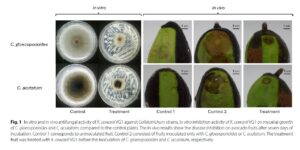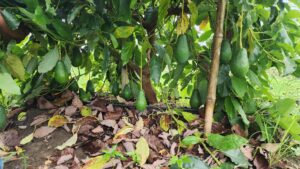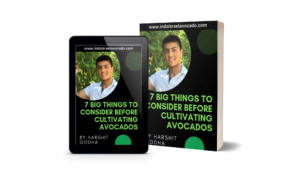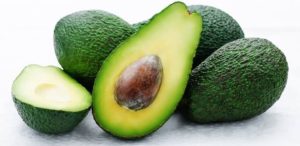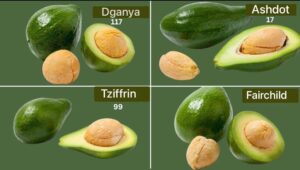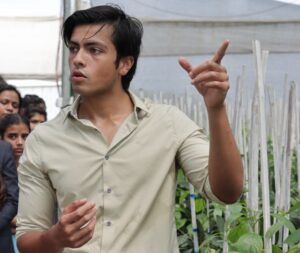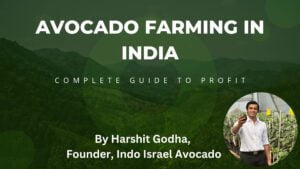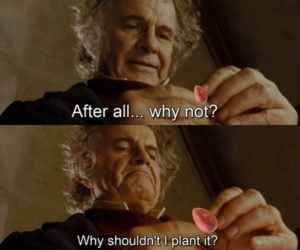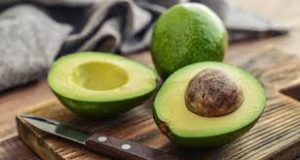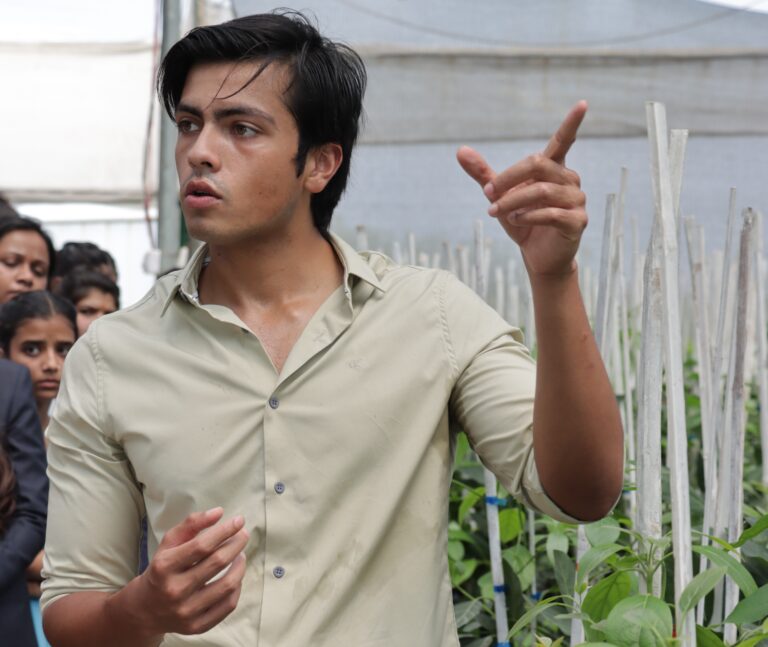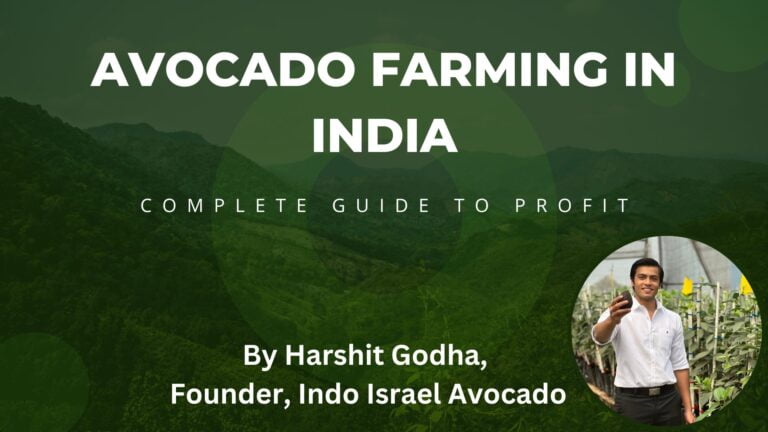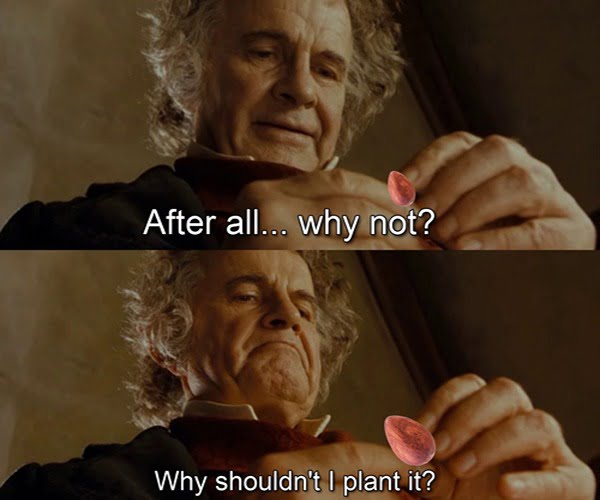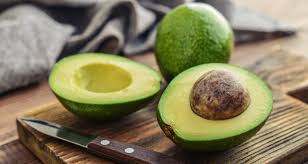Namaste everyone,
Introduction
I believe Anthracnose will turn out to be a severe problem in India for avocado farmers, and more importantly for traders as well. Anthracnose is one of the most destructive postharvest diseases of avocado, caused primarily by the fungi Colletotrichum gloeosporioides and C. acutatum.
These pathogens infect fruit during its development and remain dormant until ripening, leading to severe losses at the packing and distribution stages. Traditionally, synthetic fungicides — especially copper-based ones — have been used to manage this disease. However, concerns about chemical residues, environmental toxicity, and the emergence of resistant fungal strains have pushed researchers to seek safer and more sustainable alternatives.
The study
In this study, a team of researchers led by Gallardo-Camarena explored the potential of naturally occurring bacteria associated with the avocado ecosystem as biocontrol agents. They collected samples from different parts of the avocado tree — including roots, bark, nectar, and the fruit surface — and isolated 13 bacterial strains. These were then tested in vitro against both Colletotrichum species. One isolate stood out: a strain labeled Kosakonia covanii VG1, taken from the fruit surface of a symptom-free avocado fruit during an anthracnose outbreak in Jalisco, Mexico.
VG 1 was identified through genome sequencing as Kosakonia cowanii. In lab experiments, it significantly inhibited fungal growth: over 60% for C. gloeosporioides and more than 50% for C. acutatum. More importantly, the bacterium also blocked fungal spore germination — a key step in disease development — and produced volatile organic compounds (VOCs) that reduced fungal mycelial growth and sporulation without requiring direct contact.
In vivo (real world) experiments confirmed its effectiveness. When VG1 was applied to wounded avocado fruit before being inoculated with the fungi, disease severity dropped by as much as 78%. That’s a substantial reduction — comparable or better than many chemical fungicides — but without leaving toxic residues behind.
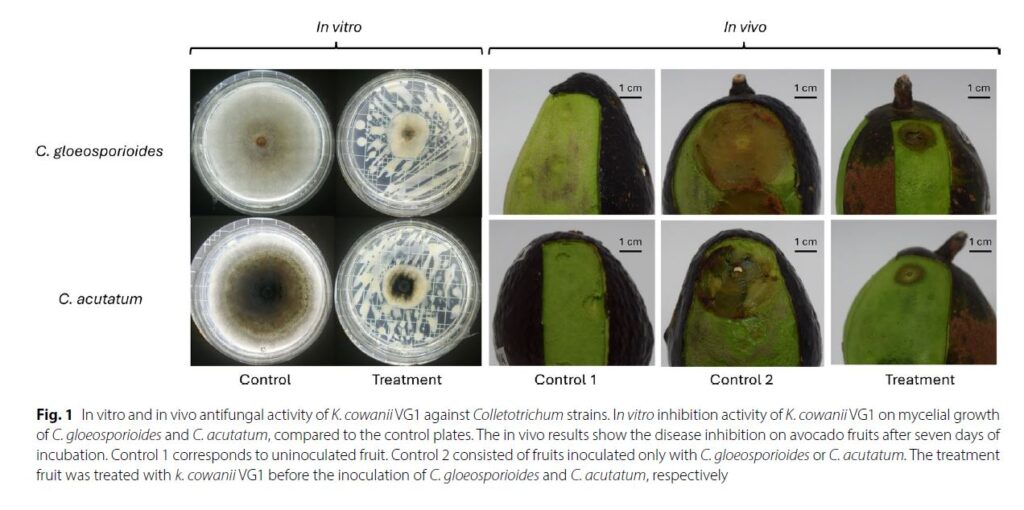
Genome sequencing for Human safety
The researchers also sequenced the genome of VG1 to ensure it posed no safety risks. They found no human or animal pathogenicity genes and discovered several biosynthetic gene clusters, including one for an azole-containing RiPP — a peptide compound structurally similar to commercial antifungals.
Techno- economic analysis
To assess practical use, they scaled up VG1 production using a bioreactor and tested different growth media. The best performance came from Terrific Broth (TB), which allowed the bacteria to reach high densities in a short time. They then conducted a techno-economic analysis to evaluate commercial feasibility. The results were promising: VG1 could be produced at a cost of just $0.08–$0.15 per dose, making it a viable and competitive alternative to synthetic fungicides.
Conclusion
In conclusion, Kosakonia cowanii VG1 presents a strong case as a natural, effective, and economically feasible biocontrol agent for anthracnose in avocado. It works through multiple mechanisms — direct fungal inhibition, VOC production, and potential antifungal peptides — while being safe for the environment and consumers. Though the study focused on postharvest use, its traits suggest that VG1 could also be explored for pre-harvest applications, paving the way for a more holistic, sustainable Anthracnose disease management strategy in avocado orchards.
Thank you,
Kind regards,
Harshit Godha
References
Gallardo‑Camarena, M. V., Reverchon, F., Méndez‑Bravo, A., Torres‑Acosta, M. A., & Licona‑Cassani, C. (2025). Control of avocado anthracnose by carposphere‑associated Kosakonia cowanii VG1 for agricultural applications. AMB Express, 15(1), 88. https://doi.org/10.1186/s13568-025-01894-6
P.S. – While the fertigation course doesn’t include pest and disease management. However, it is the first step towards producing the perfect fruit.
Since you didn’t ask – I was actually looking for papers on tissue culture in Avocado propagation. The key words I used on google scholar were ‘in vitro avocado’ and found this paper instead. Its open access.
